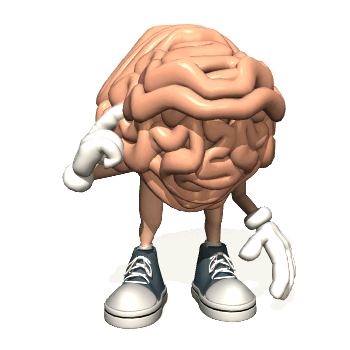Results 31 to 40 of 128
Thread: Tweaking the Edge with Tape
Hybrid View
-
07-23-2014, 06:15 AM #1

Essentially we are talking about particles that go beyond visibility under conventional microscopes. Theoretically you can abrade steel down at the molecular level with the appropriate application of energy, or in this case resistance. Once you get down to the atomic level it would be a matter of overcoming the bonds of the compound chains by using something as big or smaller with appropriate force. Hence the micron measurements in pastes and media. The smaller you get in abrasive force, the smaller the compounded matter you can remove. You could remove metal toward the apex, theoretically, infinitely if you were able to remove metal down to the sub atomic level. This would require a particle accelerator, but I think you run the risk of over honing....

Seriously though, at a point there is just overkill. I think Tim's whole point here was that he is showing proof of what he does in his honing process and that there is a limit to what the apex of an edge is capable of handing before it starts to effect the bevel itself, which as I recall, is what he tries to avoid. There are limitations to how flat you can get. Eventually the honing surface and the apex would reach a limit to how much their relationship can narrow. Tim's method seems to gently adjust for that margin and squeak a little more effort at the apex before deteriorating it.Last edited by Sic4531; 07-23-2014 at 06:20 AM.
"Try something the old way every once in a while. The only reason you are on this planet is because someone struggled and strived to do something you take for granted."
-
07-23-2014, 07:07 PM #2aka shooter74743




- Join Date
- Sep 2009
- Location
- SE Oklahoma/NE Texas
- Posts
- 7,285
- Blog Entries
- 4
Thanked: 1936
I've been scratching my head about this thread, maybe I have taken the context wrong. I have enough experience honing to converse with anyone as I have tried quite a bit of stones, methods, and so on. It all comes down to "does it shave well" doesn't it? I've played around with micro-bevels myself & at first I liked them...until it came to touching up the blade & then you have to ask yourself if you did a micro-bevel or not. I have several razors in my rotation, so I can't remember which I honed which way...this is why I don't bother with them unless I come across a very chippy razor.
Now, lets move forward to this thread. A man who is well known for his blades and from what I have heard & read even knows how to hone a bit, brings up something that HE is doing and shares it with supportive documentation. A good word for his method is a "nano-bevel". His method, on a microscopic level, strongly resembles the strongest cutting edge ever...the samurai sword in my mind. I can easily see, with my experience, that this method WILL WORK. There is nobody on this forum that prove otherwise as I am sure we will hear a shave report from Birnando & I bet it will be positive...and he's no rookie at shaving either.
What I am getting at is that I hone using a method that I believe is best, Lynn, Kelly, Glenn, and Joe Schmuckatelly all hone differently...but the end it's all the same: Does it shave comfortable and well? If it does, WHO CARES how the razor got there as the method obviously works. Try different methods once and a while, all it will do is improve your knowledge base...don't get stuck in a rut.
No, I don't use tape on my own razors, no I don't use micro or nano bevels, and Pecan Pie is THE best pie made...if you don't agree, go lick a toad...with ice cream of coarse.Southeastern Oklahoma/Northeastern Texas helper. Please don't hesitate to contact me.
Thank you and God Bless, Scott
-
The Following 3 Users Say Thank You to ScottGoodman For This Useful Post:
Hirlau (07-23-2014), HNSB (07-23-2014), Neil Miller (07-23-2014)
-
07-23-2014, 07:21 PM #3
-
The Following User Says Thank You to Birnando For This Useful Post:
ScottGoodman (07-23-2014)
-
07-23-2014, 11:23 PM #4

I started reading this thread to learn another approach to honing, now I am just hungry for some pie without the tape!! You guy are hilarious!! Made my day!!
 We have no control of what other people do or say to us, but we have control to how we REACT !! GOD BLESS
We have no control of what other people do or say to us, but we have control to how we REACT !! GOD BLESS
-
07-23-2014, 11:35 PM #5
-
07-23-2014, 11:39 PM #6
-
07-23-2014, 11:45 PM #7

Streaking was popular in the late 70"s.

-
07-25-2014, 03:48 PM #8Senior Member



- Join Date
- Apr 2008
- Location
- Essex, UK
- Posts
- 3,816
Thanked: 3164


 293Likes
293Likes LinkBack URL
LinkBack URL About LinkBacks
About LinkBacks







 Reply With Quote
Reply With Quote



